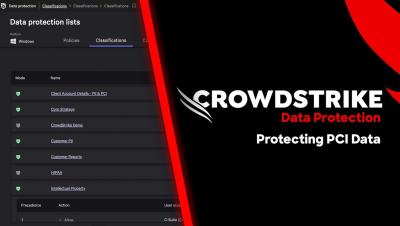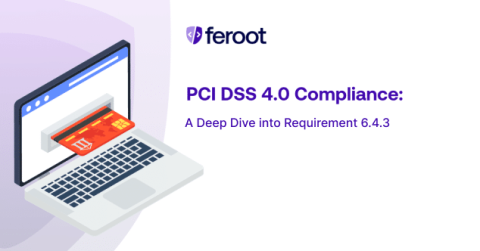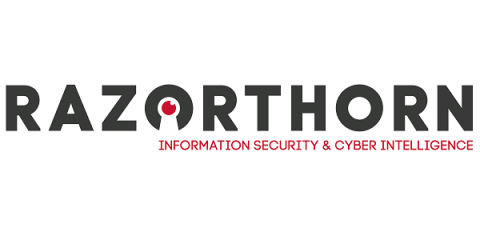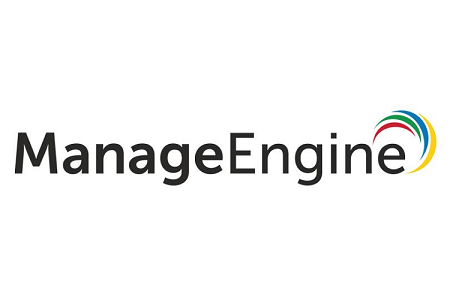Falcon Data Protection PCI Egress Prevention: Demo Drill Down
Malicious and accidental leakage of sensitive PCI data will result in compliance violations and regulatory fines for organizations. CrowdStrike Falcon® Data Protection, part of the powerful CrowdStrike Falcon® platform, takes a modern approach in stopping unauthorized PCI egresses in real-time. In this demo, see how easy it is to define data classifications and frictionless precedence-based rules that suit your business requirements to effectively stop PCI data loss.







